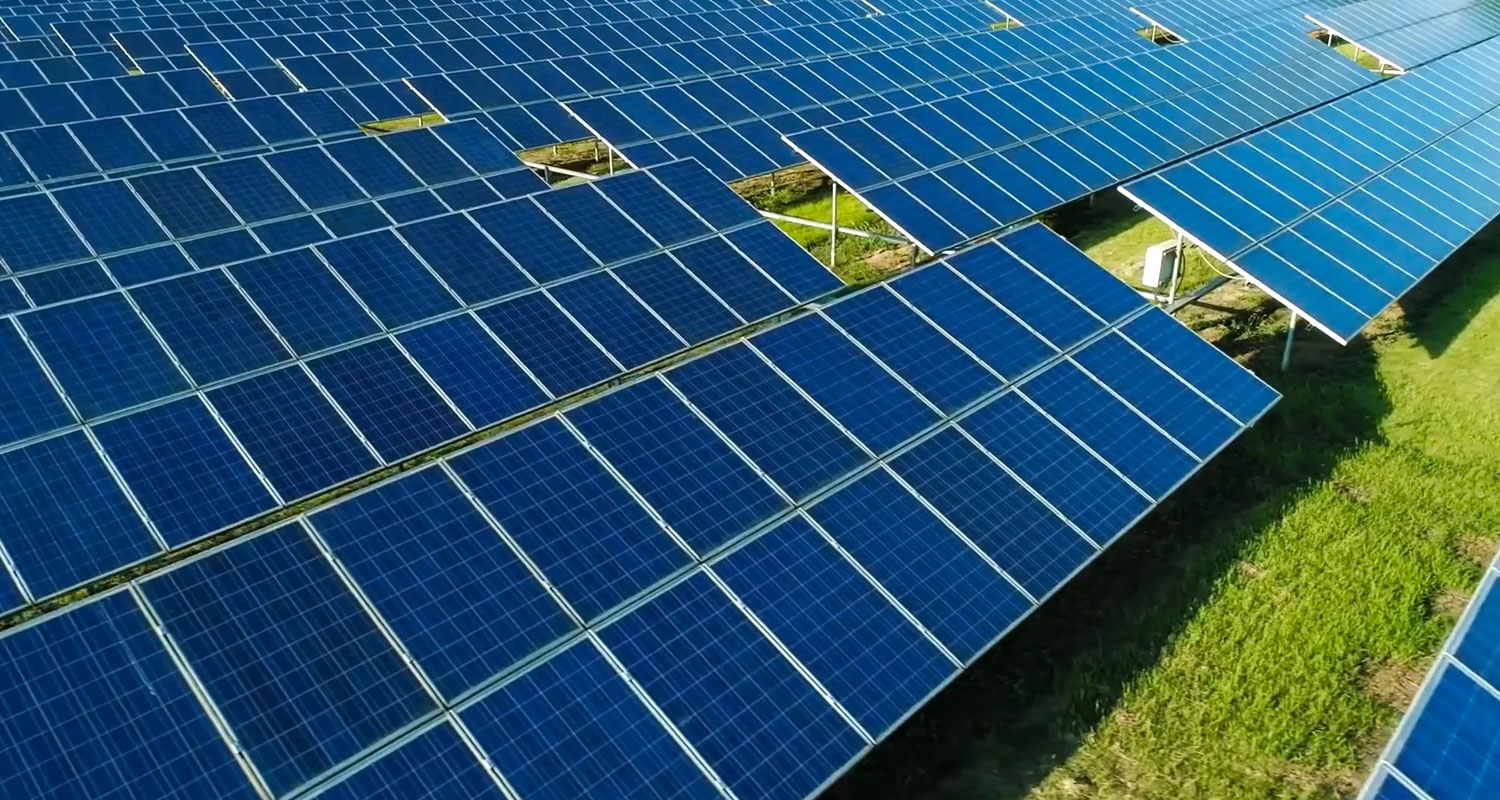 The price of a key material for solar panels rose for the seventh straight week, threatening to slow clean energy installations critical to the world’s efforts to achieve climate targets.
The price of a key material for solar panels rose for the seventh straight week, threatening to slow clean energy installations critical to the world’s efforts to achieve climate targets.
Prices of polysilicon, the ultra-conductive metal used to make solar panels, have surged to the highest level since 2011. The increases are rippling through the solar supply chain, with panel prices beginning to rise this week after holding steady for two months, Solarbe analysts said in a research note.
Higher costs could derail projects and slow clean energy adoption. Longi Green Energy Technology, the world’s largest solar company, believes the industry is at the threshold of price levels that would no longer be acceptable to developers, Morgan Stanley analysts said last week.
“If polysilicon prices continue at a high level, all ground, utility-scale projects will be stalled,” Solarbe analysts said.
The surge began last year, as countries including China boosted clean energy installations to meet climate goals. Demand for polysilicon rose faster than companies could build new factories to produce it. The problem has been compounded after a fire reduced output at one factory and several others shut down for planned maintenance.
“All this interest in solar has increased demand right at this time when polysilicon supply is struggling, so polysilicon prices continue to go up,” said Martin Green, a professor at the University of New South Wales.
Relief may come later this quarter, with production expected to ramp up and ease supply tightness, Yali Jiang, an analyst at BloombergNEF, said in a note.
The average cost of the most expensive grade of polysilicon rose 1.1% to C¥294.90/kg on Wednesday, Solarbe reported, citing a statement from the China Silicon Industry Association. A separate index from PVinsights showed prices hitting the highest level since late 2011. — (c) 2022 Bloomberg LP




